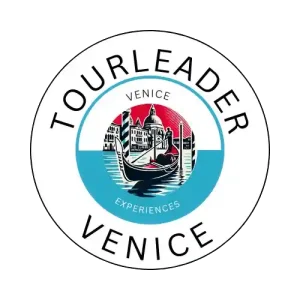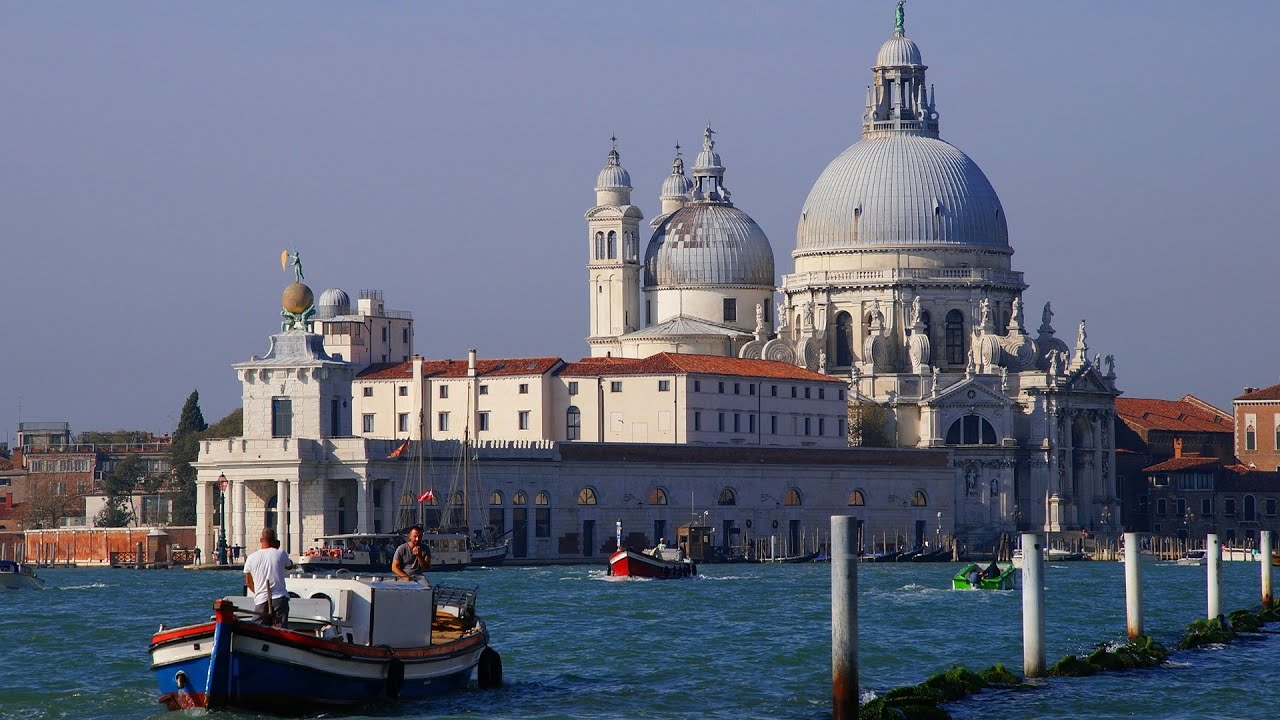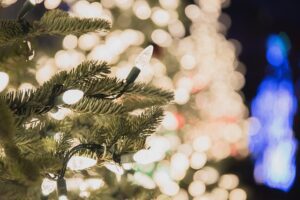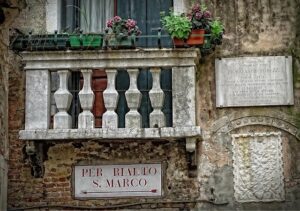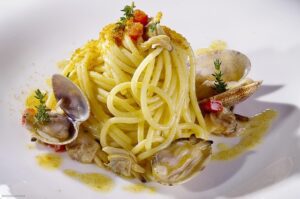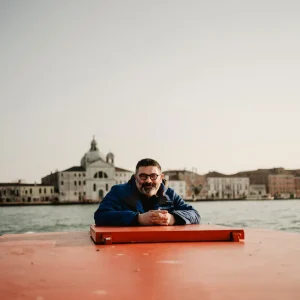Every year on November 21, Venice awakens in silence and candlelight. Across the Grand Canal, a floating bridge connects San Marco and Dorsoduro, and thousands of Venetians make their way toward the great dome of Santa Maria della Salute. In their hands are candles, in their hearts — gratitude. It’s the Feast of the Madonna della Salute, a day that fuses faith, food, and Venetian resilience.
This isn’t a spectacle staged for visitors — it’s a living vow, born from the darkest moment in Venice’s history. And like every true Venetian ritual, it ends at the table, with a steaming bowl of castradina — a smoky mutton stew that has nourished the city’s body and soul for nearly four centuries.
The Plague, the Promise, and the Birth of a Tradition
In 1630, Venice was gripped by the plague. The city lost nearly one-third of its population in less than two years. In desperation, Doge Nicolò Contarini made a solemn vow: if the Virgin Mary delivered the city from the plague, Venice would build a grand church in her honor. When the epidemic subsided in 1631, construction began at the edge of Dorsoduro, on the triangular tip known as Punta della Dogana.
The result was Baldassare Longhena’s masterpiece — the Basilica of Santa Maria della Salute — consecrated in 1687. Its eight-sided dome, luminous marble façade, and lagoon-facing position still express both gratitude and triumph. Each year, Venetians fulfill the Doge’s promise by returning to give thanks — crossing a temporary pontoon bridge that spans the Grand Canal from San Marco to Dorsoduro.
The Pilgrimage Across the Floating Bridge
Before dawn, Venetians of all ages line up to cross the ponte votivo — the temporary floating bridge built for this one day only. It’s a simple yet moving ritual: candles in hand, the faithful walk silently toward the basilica, passing over the water that defines their city and their lives.
Inside, candles illuminate the Byzantine icon of the Virgin Mary. The air is thick with incense, the murmur of prayers, and the sound of bells echoing across the canal. Masses continue throughout the morning. Outside, the air fills with the aroma of roasted chestnuts, frittelle (Venetian doughnuts), and hot chocolate — a reminder that faith and festivity are never far apart in Venice.
After mass, families stroll along the fondamenta, children holding balloons, couples sipping mulled wine, and everyone sharing one common goal: to return home to a meal that defines this day — castradina.
Castradina: The Soul of the Feast
The name alone carries centuries of memory. Castradina is a traditional Venetian stew made of salted and smoked mutton, slowly simmered with cabbage and onions. The dish originated during the 1600s, when Venice’s trade routes with Dalmatia and Albania brought preserved meats across the Adriatic. During plague quarantines, when supplies were scarce, this hearty preserved meat kept Venetians alive.
Ever since, castradina has been inseparable from the Feast of the Madonna della Salute. Rich, smoky, and deeply aromatic, it’s a dish that belongs to both the noble table and the humble kitchen — a unifying symbol of survival.
Traditional Recipe
Ingredients:
- 1.5 kg salted, smoked mutton leg (or lamb)
- 1 large Savoy cabbage
- 2 onions, 2 carrots, 1 celery stalk
- Salt, pepper, and a few peppercorns
Preparation:
- Soak the meat in cold water for 24 hours to remove excess salt.
- Boil it for an hour, drain, then refill the pot with fresh water and add the chopped vegetables.
- Simmer gently for another hour, then add sliced cabbage and cook slowly until tender.
- Serve the meat and vegetables together with a ladle of broth and a glass of Rosso Superiore from the Euganean Hills.
The flavors are simple yet profound — a reminder that survival often begins with something humble, shared, and slow-cooked.
How Venetians Celebrate Today
For locals, November 21 is not a tourist show; it’s personal. Schools close, shops open late, and everyone — from artisans in Cannaregio to gondoliers in San Polo — finds time to cross the bridge. Many light candles in memory of family members lost to illness, while others come simply to say “thank you.”
The day’s warmth continues around the family table. Grandmothers bring out their copper pots of castradina; children sneak extra pieces of cabbage; and somewhere in Dorsoduro, a trattoria window steams with the same dish that comforted plague survivors in 1631. It’s Venice’s own version of Thanksgiving — without the turkey, but full of heart.
Experiencing the Feast with Tour Leader Venice
If you visit Venice in November, the Feast of Madonna della Salute offers one of the most intimate ways to understand the city’s spirit. With Tour Leader Venice, you can experience this tradition like a local — not as a spectator, but as a participant.
- Private Morning Pilgrimage: Begin before sunrise with your guide, cross the floating bridge, and attend early mass inside the basilica before the crowds arrive. Combine it with a Private Boat Tour through the quiet morning canals afterward.
- Authentic Food & Faith Experience: Join our Venice Food Tour to taste seasonal specialties — from castradina to frittelle — while learning about the stories behind each dish.
- Lagoon Afternoon: Extend your day with a Venice Sunset Tour on a Traditional Bragozzo, watching the city’s domes glow in the same golden light that has blessed this feast for centuries.
Prefer something even more exclusive? Our From Venice With Love collection can tailor a private celebration that includes candle offerings, a reserved table for lunch, and a guided storytelling session about the 1630 plague, architecture, and Venetian resilience.
Luxury Touches: Private Dining and Culinary Workshops
High-end travelers can also add an element of culinary exclusivity to this day. Tour Leader Venice partners with selected Venetian chefs and historic kitchens to recreate the original castradina recipe using premium local ingredients. For hands-on travelers, our Venetian Hands-on Workshops range from mask-making to marbled paper — ideal complements to a cultural day in the city.
For a deeper dive into Venetian cuisine, read our feature article on Venetian Cicchetti 101 and explore the flavors that still define the lagoon. Or plan a post-feast escape to the mainland with our Prosecco Hills Tour — a toast to faith and flavor, Venetian-style.
Visiting the Basilica and Buying Tickets
The Basilica di Santa Maria della Salute is free to enter, but access may be restricted during mass hours on November 21. For art lovers, the sacristy houses works by Titian and Tintoretto — masterpieces that reveal how deeply Venice has always tied beauty to faith.
If you wish to explore more of Venice’s sacred art, consider our Doge’s Palace & St. Mark’s Basilica Skip-the-Line Tour or get tickets in advance for other must-see landmarks like the Doge’s Palace and the Basilica di San Marco.
Local Tips for Visitors
- Go Early: The pontoon bridge opens at dawn. Arrive before 8 a.m. for the quietest experience and best light for photography.
- Dress Warmly: Late November is cool and damp; wear waterproof shoes and bring layers for fog or drizzle.
- Respect the Ritual: Even as a visitor, avoid flash photography inside the basilica and maintain silence during mass.
- Try the Castradina: Many trattorie serve it only around this date. Ask your guide for authentic recommendations — or reserve in advance with Tour Leader Venice.
- Combine with a Tour: End your day with a Venice Lagoon Tour or an Iconic Riva Experience for a truly Venetian finale.
Why This Feast Still Matters
In a world where many traditions fade, the Feast of the Madonna della Salute endures because it belongs to everyone — believer or not. It’s about memory, gratitude, and togetherness. Venice doesn’t celebrate survival with fireworks or parades, but with a bridge, a prayer, and a stew that tastes of smoke, cabbage, and faith.
When you experience this day with a local guide, you’ll feel why Venice is more than a postcard. It’s a living city where art, history, and emotion still flow like its canals — steady, luminous, and full of grace.
Plan Your Visit
Join us to experience Venice at its most soulful moment of the year. Explore the feast, taste castradina, and cross the votive bridge with a real Venetian by your side.
Book your private Venice tour with Tour Leader Venice
FAQs
What time does the pontoon bridge open on November 21?
The floating bridge (known as the ponte votivo) usually opens around 6:00 a.m. and remains accessible until early afternoon. Arriving before 8:00 a.m. ensures a peaceful walk across the Grand Canal before the main crowds arrive. You can combine your visit with a Private Venice Orientation Tour for a deeper local experience.
Where can I eat the traditional castradina?
Many Venetian trattorie serve castradina only during the week of November 21. Ask for it at family-run restaurants in Dorsoduro or Castello. For a curated experience, join our Venice Food Tour — you’ll taste authentic dishes prepared by locals who’ve kept this recipe alive for generations.
Is the Feast of Madonna della Salute suitable for children or families?
Yes, it’s a family-friendly celebration filled with warmth and color. Children enjoy crossing the bridge and tasting sweets sold near the basilica. Families can book our Private 1-Hour Grand Canal Tour in the afternoon to see the city’s festive lights reflected on the water.
